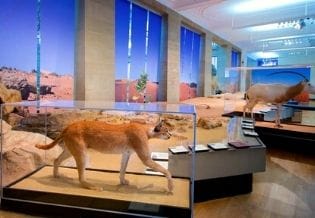Current Issue
Submit Your Research
Fair & Rigorous Review • Open Access • Indexed & Discoverable
Research-article
Pages: 1-7
Abstract:
Monitoring fish biodiversity and its changes over time and their ecological research is one of the important sources of information in their protection. They can be used to find fish biodiver...
Read more
Abstract:
Monitoring fish biodiversity and its changes over time and their ecological research is one of the important sources of information in their ...
Read more
👁️
Views:
752
📥
Downloads:
733
(PDF: 366, XML: 367)
Open Access
✨ Recently Published
Indexed & Abstracted In
Our journal is indexed in leading academic databases and search engines


